These giant cedar trees at the Prince Tsugizakura Shrine were protected due to Kumagusu Minakata’s activism against shrine consolidation.
The Kii Mountains have long been objects of worship as an area where gods live. A set of pilgrimage roads lead up to the sacred sites that have grown up in this region. Its inscription to the World Cultural Heritage Sites has been a significant opportunity for deepening awareness of its cultural and natural value and its value as a cultural landscape.
Photos by Naoya Furuta
The Historic, Holy Kumano Kodo: Roads Where One Might Run Into a God or Buddha
In 2004, the Kii Mountains Sacred Spots and Pilgrimage Roads, also known as the Kumano Kodo, were inscribed as a UNESCO World Heritage Site. World Heritage Sites are broadly divided into Cultural Heritage and Natural Heritage Sites, as well as combined sites that have both of those elements. Kumano Kodo is inscribed as a Cultural Heritage Site.
The Kii Mountains are a mountain range occupying the majority of the area of the Kii Peninsula. The mountains range in elevation from 1000-2000 meters and are home to deep forests nurtured by abundant rainfall of over 3000mm per year. These mountains have also been objects of worship since mythic times as a special place where gods dwell. In the Heian Period (794-1185 CE), when Buddhism had just come to Japan, this area was likened to the “Pure Land” of Amida Buddha and Bodhisattva Kannon. It came to be known as a place for ascetic mountain practices to bring into one’s body the mysterious powers hidden in nature and space.
As a result, in the mountains of Kii, various religious faiths, including Shinto practice rooted in nature worship, Buddhism brought over from China, and Shugendo born from the fusion of the two, have given rise to the three holy sites of Kumano Sanzan (“Three Mountains”), Mt. Koya, and Yoshino/Omine, as well as the roads that lead pilgrims to them; the area then prospered as a place which received visitors from many different places, especially the capital.
Kumano Kodo includes numerous routes, but the ones among them which most travelers walk are the Kii route, which begins in Kyoto and passes through Osaka and Wakayama before arriving at Tanabe, and the Nakahe route, which starts in Tanabe and pushes through the mountains toward Kumano Hongu Taisha Grand Shrine. The Nakahe route is known for being the public pilgrimage route traveled by retired Emperors over 100 times between the Heian and Kamakura Periods.
DSC_1816-1024x685.jpg)
Just walking the rugged mountain path of the Nakahe route is itself a form of religious practice: believing that the degree of salvation they received from the Kumano Gods would be proportional to the difficulties they endured, people would travel a rough path to get there. The Kumano Hongu Taisha Grand Shrine, which those pilgrims sought, is one of the three mountain sites of Kumano Sanzan, as well as being the central shrine of over 3000 Kumano Shrines across Japan.
Additionally, these paths out of Kyoto, the Kii route and the Nakahe route, are lined with a collection of shrines known as “The 99 Princes of Kumano.” From Kyoto’s Fushimi Ward, Emperors would descend the Yodogawa River on boats, then debark in Osaka and worship at Prince Kubotsu, considered the first of the 99 Princes, before making a long journey around the remaining Princes. Prince Takijiri, one of the Princes located in Tanabe, was considered the edge of the sacred ground of the Kumano Sanzan.
The inscribed World Heritage Site Kumano Kodo, that is, the “Kii Mountains Holy Sites And Pilgrimage Routes,” is composed of three religious sites– the Shugendo holy site Yoshino/Omine; Kumano Sanzan, the center of Kumano religious practice; and Mt. Koya, the site where the Shingon sect of esoteric Buddhism originated– and the pilgrimage routes that link them. These assets spread across 23 cities, towns, and villages in the prefectures of Wakayama, Nara, and Mie.
There are plans, at the meeting of the UNESCO Special World Heritage Committee held at the end of this October 2017, for new properties to be inscribed as part of the Kii Mountains Holy Sites and Pilgrimage Routes. The sites proposed for addition consist of 22 spots in Wakayama Prefecture, including Tokei Shrine in the city of Tanabe, as well as sections of the Nakahe, Ohe, and Koya pilgrimage routes such as Hokusogi-Goe, Nagaosaka/Shiomitoge-Goe, and Akagi-Goe. Over 300 kilometers of pilgrimage routes are already inscribed as World Heritage Sites, but this addition is expected to bring an extra 40 kilometers onto the inscription.
DSC_1760-1024x685.jpg)
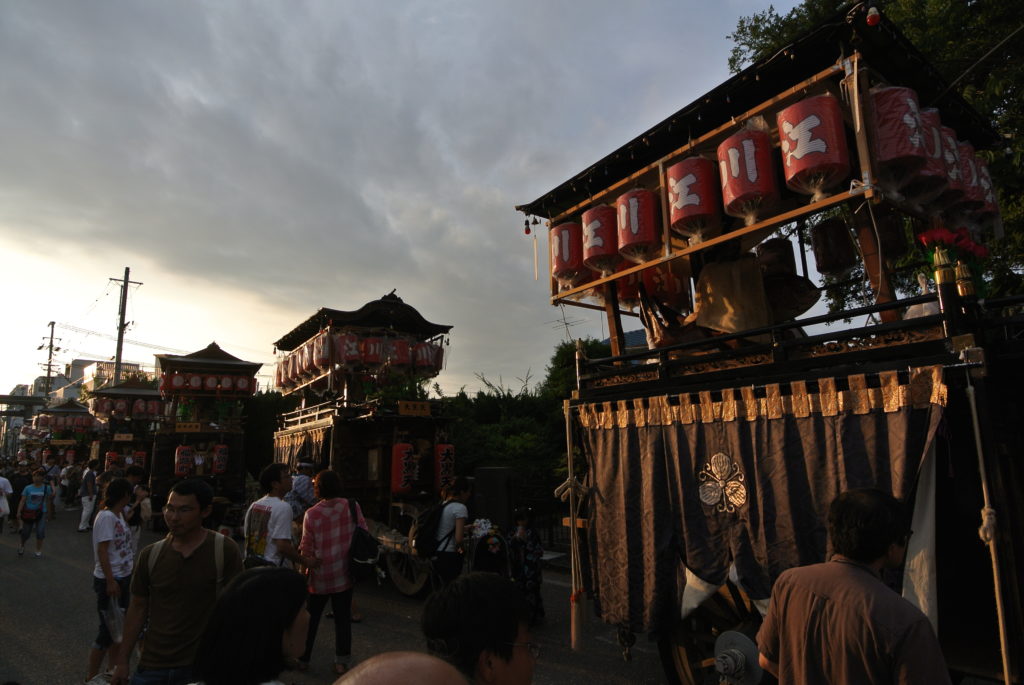
Maintaining and Managing Old Roads with the Power of Business and the Furusato Nozei
As previously mentioned, the Kii Mountains, which are home to Kumano Kodo, get a lot of rainfall each year, and are occasionally visited by typhoons and other natural disasters. They sustained a lot of damage in 2011’s Typhoon 12, as a partial result of which the maintenance and management of the old roads of Kumano Kodo became a major topic of discussion. Various plans have been implemented because of this.
For example, the Furusato Nozei, a system allowing people to designate that some of their tax money be sent to their hometown, has been made use of in Tanabe.
“With Tanabe’s Furusato Nozei, people can choose how the money they give to their hometown is going to be used. They have a menu of choices, and one of them is business related to World Heritage Sites (Kumano Kodo),” says Takashi Nakagawa, Tanabe Education Committee Culture Promotion Department Secretary.
The amount of money that Tanabe receives from the Furusato Nozei program increases every year. Still, even among all of that money, the portion designated for use by World Heritage Site (Kumano Kodo)-related business is far and away from the largest.
In 2015, results were as follows: Tanabe received 7,947 Furusato Nozei donations, totaling approximately 86 million yen; of those donations, 2,302, adding up to 24 million yen, were designated for World Heritage Site (Kumano Kodo)-related business, roughly 30% of all the donations, making this the most popular item on the menu.
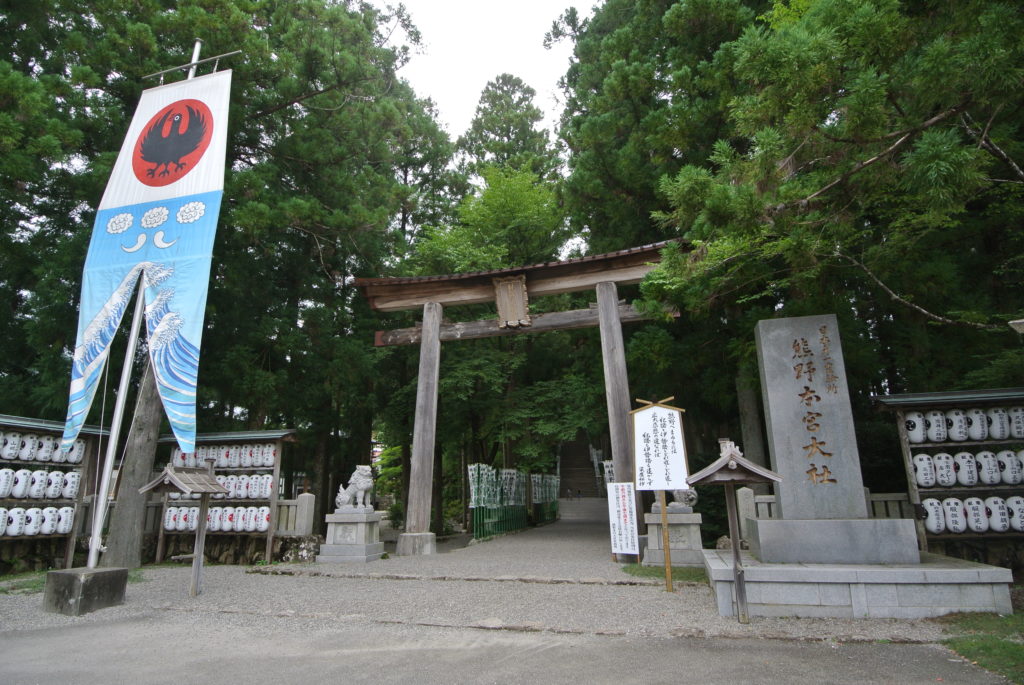
Tanabe is not the only place implementing schemes of this kind. Even Wakayama Prefecture is doing “roadwork” to keep the Kumano Kodo maintained. “Roadwork” refers specifically to volunteer activities to maintain and repair pilgrimage routes. The Kumano Kodo roadwork, an activity to preserve a World Heritage Site that volunteers can do, attracts attention that can be experienced nowhere else, even within Japan.
“Normally, World Heritage Sites consisting of buildings or Buddha statues or other such things cannot be repaired by anyone other than specialists. But because pilgrimage routes are roads, volunteers are allowed — only in Japan — to participate in the repair work,” says Professor Hiroshi Tsujibayashi, who works as the head of the Wakayama Prefecture World Heritage Center.
There have also been fervent calls for companies in Wakayama to get involved in these activities proactively. For example, the Wakayama Prefecture World Heritage Center has made proposals to companies for programs to combine roadwork with World Heritage Seminars or treks along pilgrimage routes.
These sorts of programs are attractive because they strengthen feelings of solidarity among the employees of companies that participate in them and heighten their sense of satisfaction and belonging. Several representative companies of Japan, including Meiji Yasuda Life Insurance, Japan Tobacco Company, and Mitsubishi UFJ Financial Group, have participated in this program.
The issue of maintaining and managing World Heritage-registered cultural assets does not just connect to Kumano Kodo; it is recognized as an issue with World Heritage Sites in general. There are currently over 1,000 assets inscribed as World Heritage Sites. However, there are more than a few of these whose value and significance threaten to be affected by factors including conflict, development, and lack of structures or funds for maintenance and management.
These places are known as World Heritage Sites In Danger, and if they are recognized as such by the World Heritage Committee, they will be added to the Crisis Heritage List. At present, this list contains 55 sites. In extreme cases, they may be de-listed as World Heritage Sites. Thus being inscribed as a World Heritage Site is not necessarily the end of things for a place, as persistent effort is required to maintain its value.
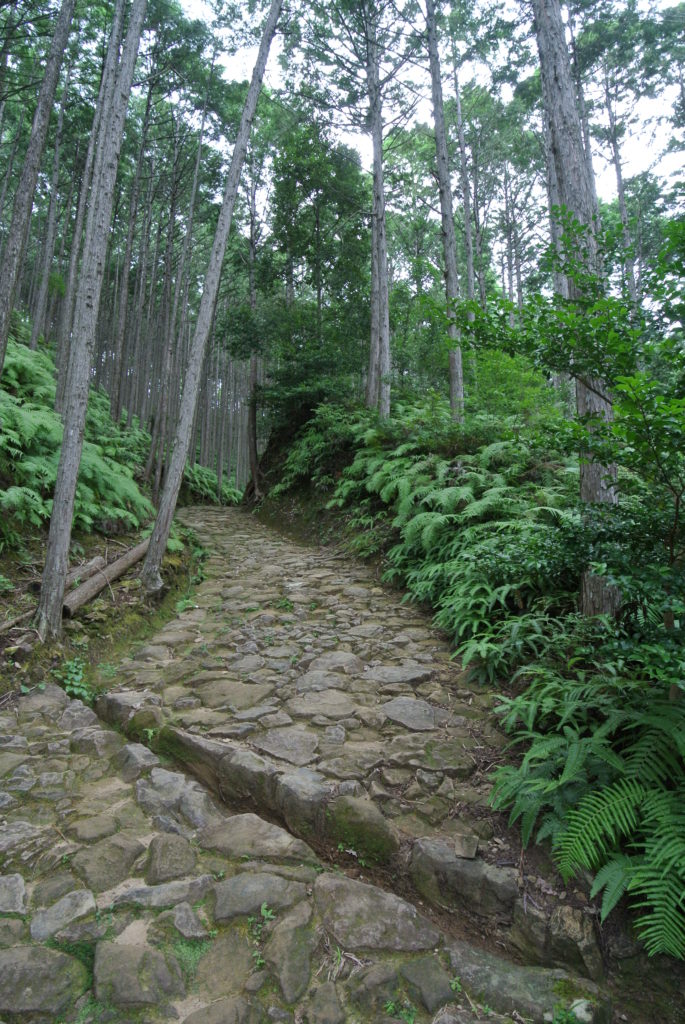
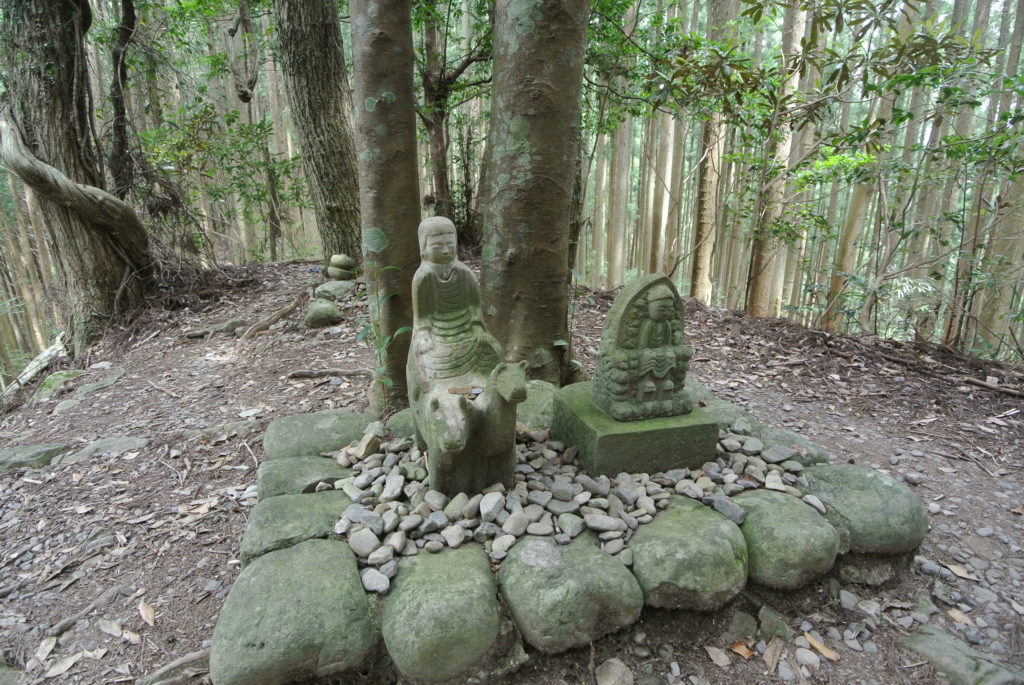
Cultural Landscapes: Fusing Culture, Religion, and Nature
As mentioned earlier, Kumano Kodo is inscribed as a World Heritage Site under the Cultural Heritage category. The basis for this listing is the subtly and profoundly beautiful natural scenery of the Kii Mountains, which stretch across Mie, Nara, and Wakayama Prefectures. This natural scenery has been the subject of religion and object of worship, and after that, it nurtured a culture of pilgrimage to its holy sites.
In the meantime, there is also the fact that, because it has become the object of worship, it is protected to prevent the destruction of the natural scenery that served as the basis of that worship. Kumano Kodo is a historical and cultural landscape born and maintained as a manifestation of religious faith on which social status has no bearing.
The World Heritage Convention calls sites created through a combination of human and natural action “Cultural Landscapes.” This definition was first included in UNESCO’s 1992 Operational Guidelines for implementing the World Heritage Convention. New Zealand’s Mt. Tongariro is an example of one such site.
Mt. Tongariro is a holy mountain for New Zealand’s indigenous Maori people. However, it has no buildings such as shrines or temples — the mountain itself is the subject of the religion. Under the World Heritage standards of the time, it could be designated as a Natural Heritage Site but not as a Cultural Heritage Site.
Mt. Tongariro was originally inscribed as a Natural Heritage Site in 1990. But the government of New Zealand and the Maori people said that its religious value was not being recognized and strongly requested that it be inscribed as a Cultural Heritage Site. The World Heritage Committee carried out a special study, leading to the introduction of the Cultural Landscape definition.
In addition to things such as gardens that were designed and created by human will, the definition of Cultural Landscapes includes landscapes that have progressed organically through the influence of humanity and nature, like rural scenery, as well as places that have not been artificially altered much, but to which humans have applied cultural meaning, such as religious holy sites. Based on this, Mt. Tongariro was recognized as a Cultural Heritage Site in 1993, then inscribed as a Combined Heritage Site. Since then, the number of World Heritage Sites inscribed in the Cultural Landscape category increased quickly, and at present, this category includes over 100 sites, including Kumano Kodo.
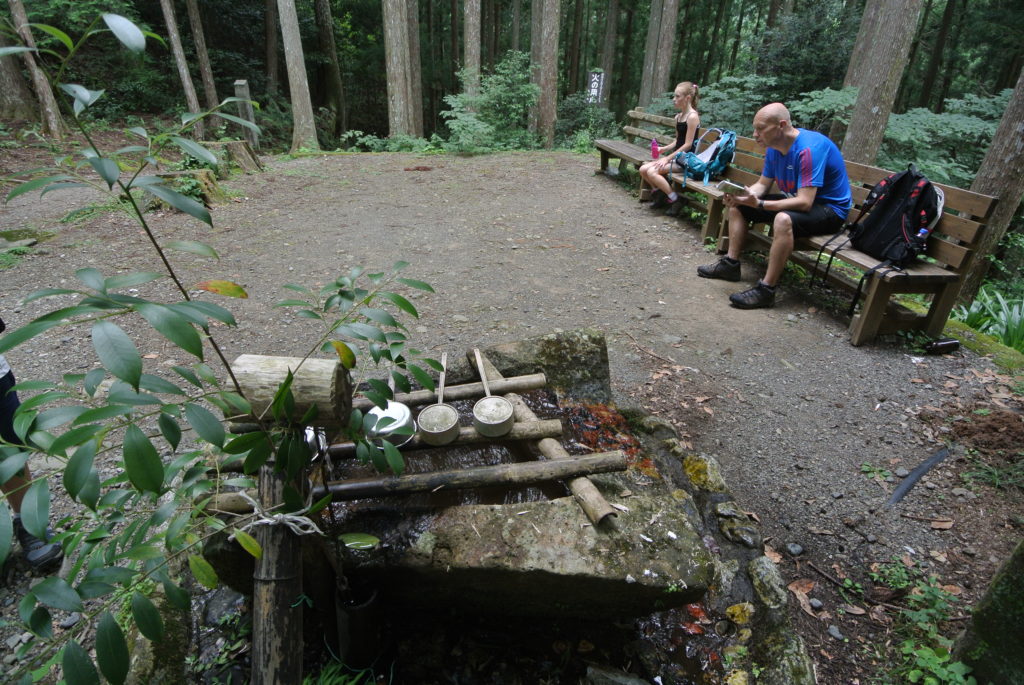
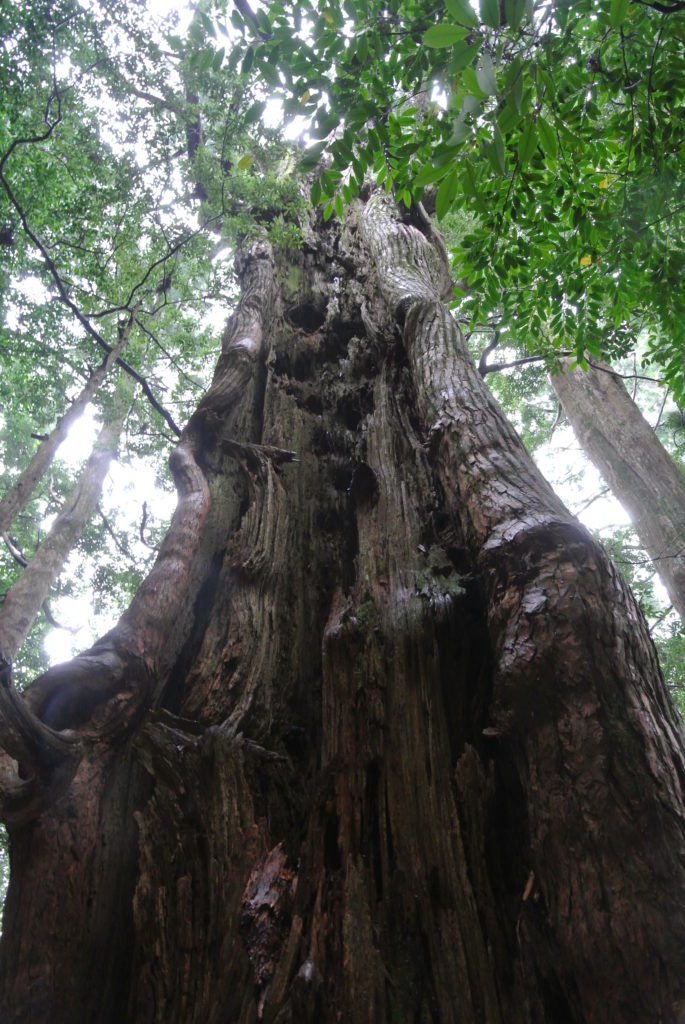
The Landscape and Culture of Kumano Kodo Are Protected By Kumagusu Minakata
There is one man whose name we can raise as the pioneer who, at an early date, perceived and pointed out the importance of the interactions between humans and nature that currently fall under the definition of Cultural Landscapes: Kumagusu Minakata.
Minakata, who made his home in Tanabe after studying in America and Britain, devoted great enthusiasm to studying slime molds, as well as applying energy to activities to protect the landscape and culture of Kumano. The impetus for this was the Shrine Consolidation Act, proclaimed at the end of 1906. As a result of this act, the number of shrines in Japan shrank from over 190,000 in 1906 to 147,000 in just three years. The ones that disappeared were mainly small, community-supporting village shrines.
Kumagusu was distressed by the fact that this consolidation would lead not only to damage to people’s lives and the local native religions and customs that were deeply tied to them, but also the destruction of their unique local ecosystems by the felling of shrine forests. He obtained the cooperation of folklore scholar Kunio Yanagita, among others, and began anti-shrine consolidation activities in 1907. During all of this, Kumagusu often referred to the term “ecology” and emphasized its importance.
These ideas and actions of Kumagusu’s would lead to the earlier-mentioned definition of a Cultural Landscape, and we can appreciate them as extremely early precursors of the modern concepts of nature conservation and conservation of biodiversity.
There are centuries-old cedar trees at the Prince Tsugizakura Shrine, by the road between Tanabe and Kumano Hongu Taisha Grand Shrine, which were protected by the actions of Kumagusu. We can surely say that Kumagusu’s early initiatives were what led us, in the present day, to be able to protect the value that has allowed Kumano Kodo to be recognized as a World Heritage Site.
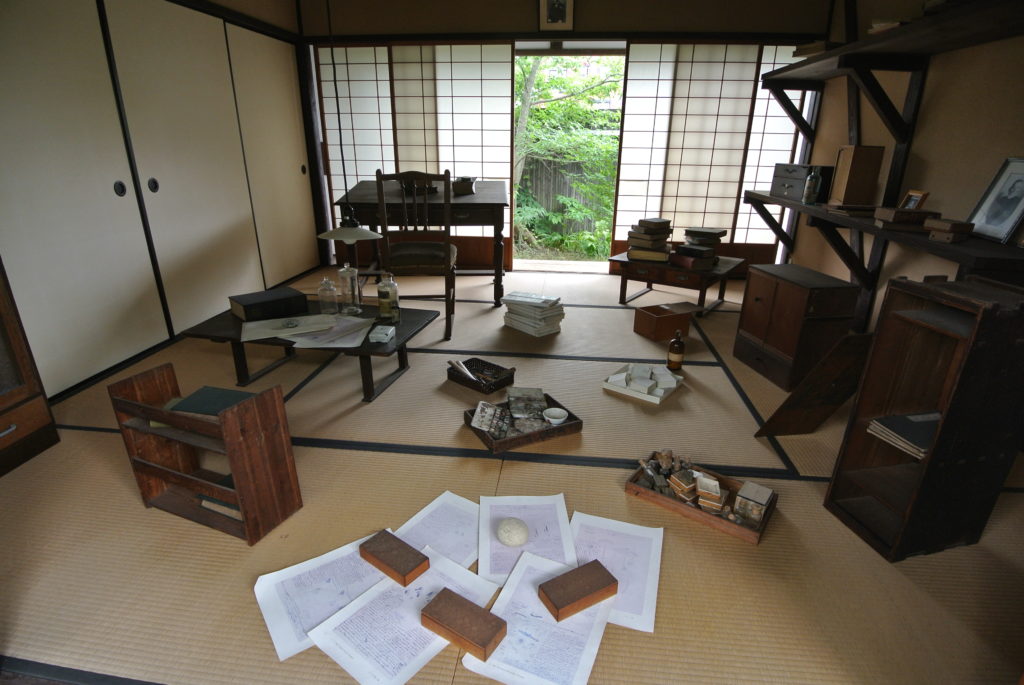
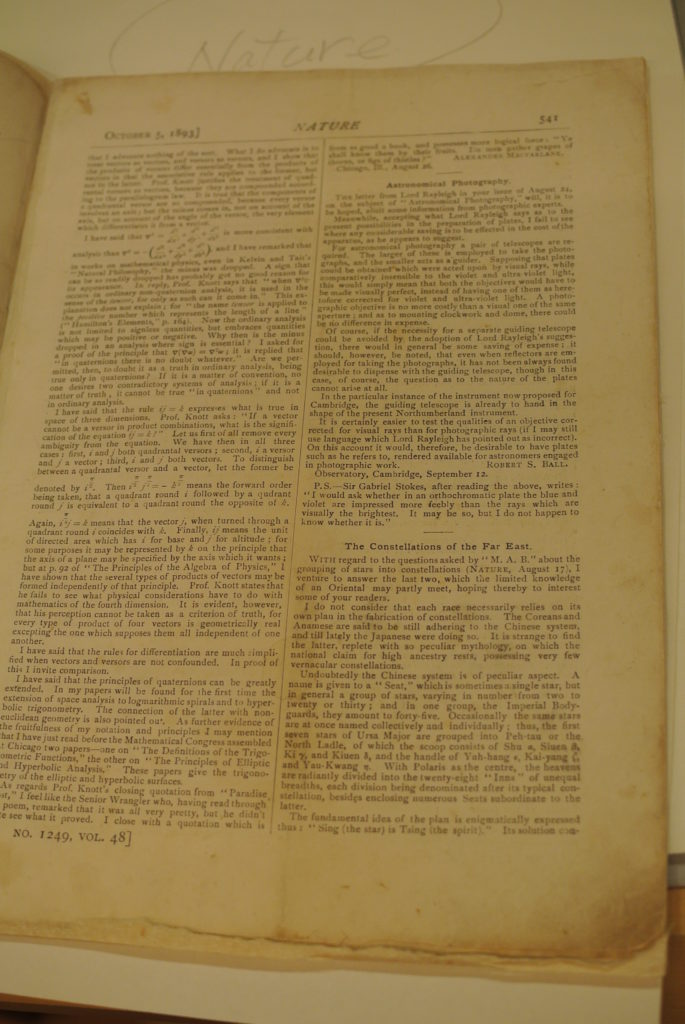
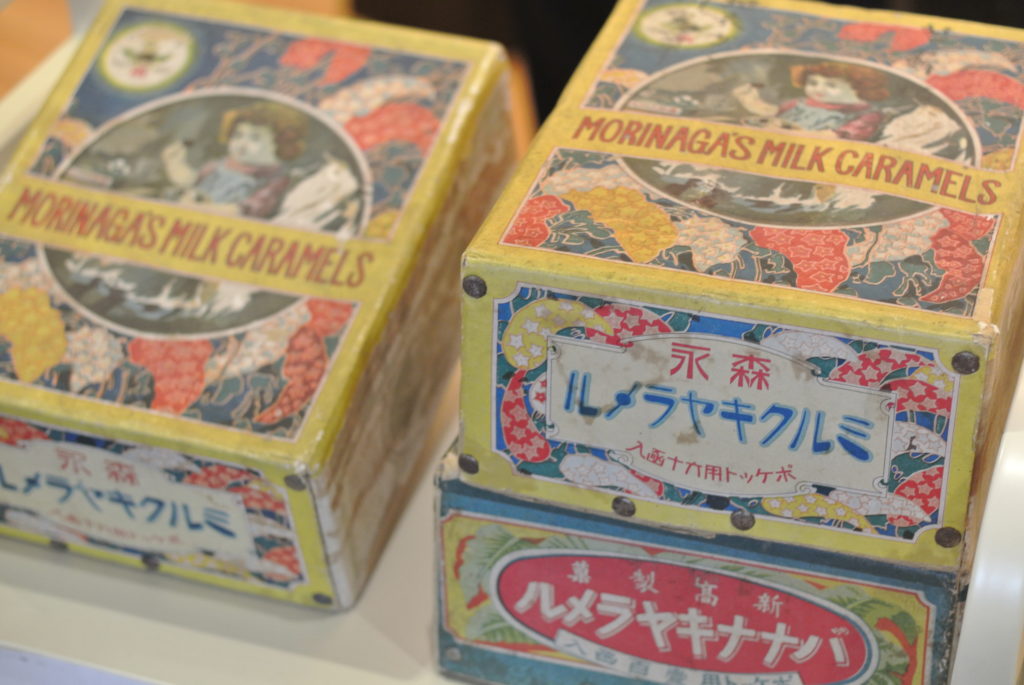
Translated from the original article: Naoya Furuta (2017) Kumano Kodo: A Natural Holy Site Where Gods Dwell, Chiikijin vol.14, pp. 66-71

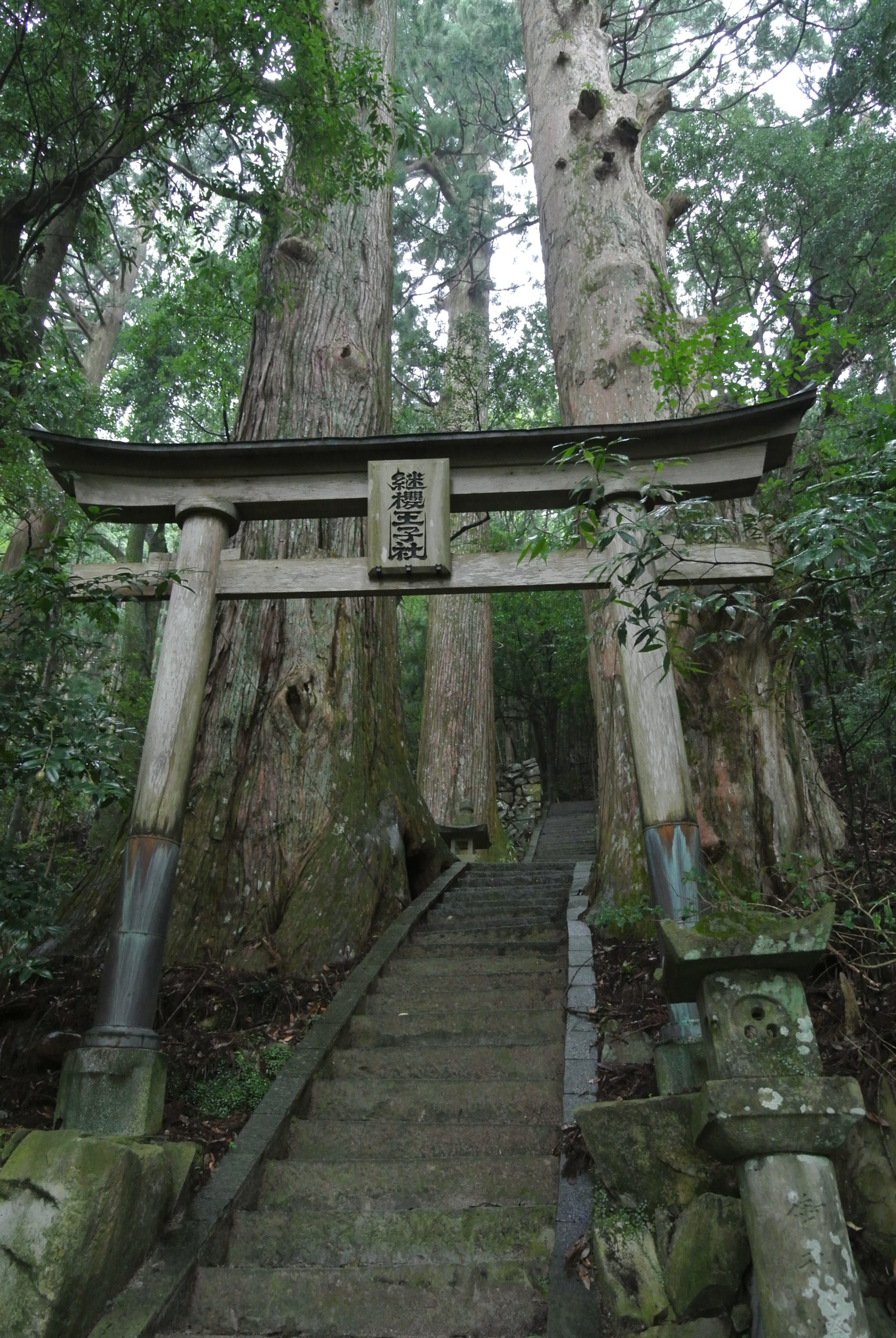


コメント